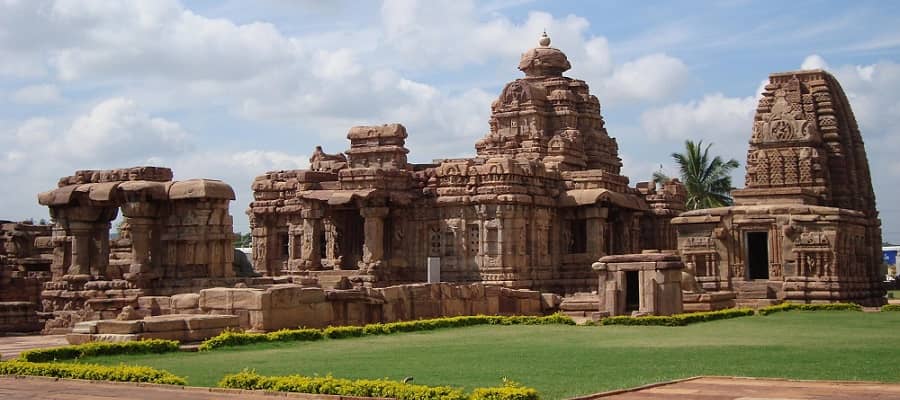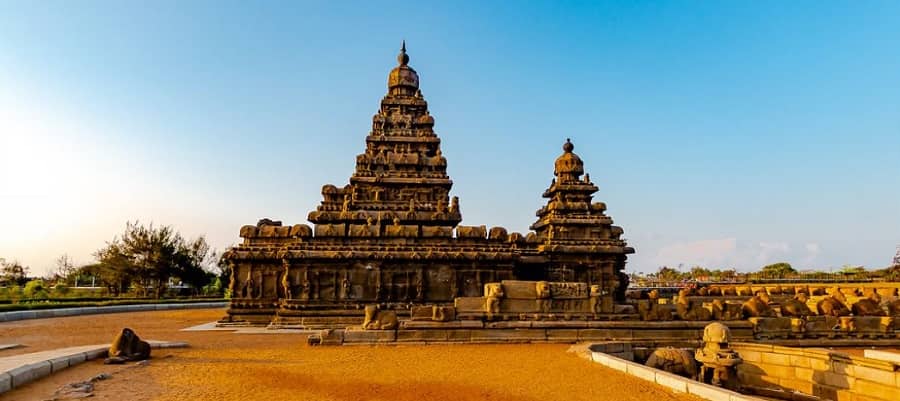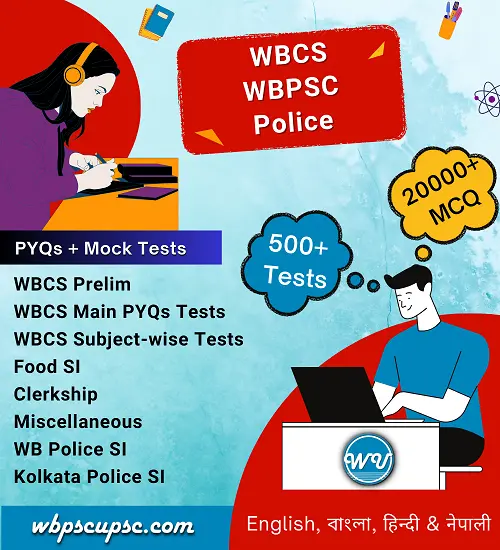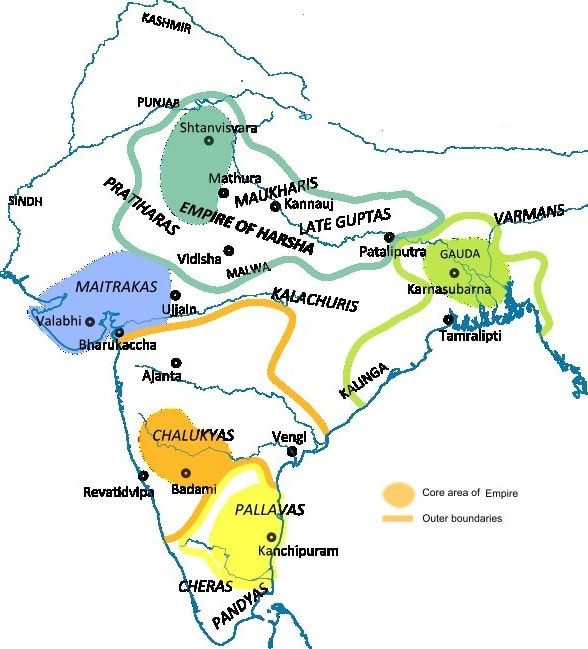March 7, 2019
Chalukya Dynasty and Pallava Dynasty
Contents
chalukya dynasty and pallava dynasty
Chalukya Dynasty
- There were three distinct but related Chalukya dynasties.
- Chalukyas of Badami
- The Vakatakas were followed by the Chalukyas of Badami.
- They played a prominent role in the history of south India for about two centuries
- Chalukya dynasty of Badami started rule in the beginning of 6th century
- They set up their kingdom in western Deccan
- Their capital was at Vatapi (modern Badami in Karnataka).
- Eastern Chalukya Dynasty
- Emerged after the death of Pulakesin II in Eastern Deccan with capital at Vengi.
- They ruled till the 11th century.
- Western Chalukya Dynasty
- Descendants of the Badami Chalukya
- They emerged in the late 10th century and ruled from Kalyani (modern day Basavakanlyan).
>>>>>>>>

>>>>>>>>
Rulers of Chalukys of Badami
- Jayasimha was the first ruler of the Chalukya dynasty.
>>>>>>>>
Pulakesin I (543 – 566)
- He founded the empire with the capital at Vatapi.
- Pulakesin I performed Ashwamedha.
>>>>>>>>
Kirtivarman I (566– 559)
- He was the son of Pulakesin I.
- Kirtivarman I conquered Konkan and northern Kerala.
>>>>>>>>
Mangalesha (597 – 609)
- Brother of Kirtivarman I.
- He conquered the Kadambas and the Gangas.
- He was killed by his nephew and son of Kirtivarman, Pulakesin II.
>>>>>>>>
Pulakesin II (609 – 642)
- Pulakesin II was the greatest king of Chalukya dynasty.
- Extended the Chalukyas rule to most parts of the Deccan.
- Information about Pulakesin II is obtained from the Aihole inscription dated 634.
- This poetic inscription was written by his court poet Ravikirti in Sanskrit language using the Kannada script.
- Hiuen Tsang visited his kingdom.
- He has praised Pulakesin II as a good and authoritative king.
- Though a Hindu, he was tolerant of Buddhism and Jainism.
- Pulakesin II is famous for stopping king Harsha on banks of Narmada, while he was trying to conquer southern parts of the country.
- He had defeated the Pallava king Mahendravarman I but was defeated and killed by Mahendravarman’s son and successor Narasimhavarman I.
- For the next 13 years, Badami remained under Pallava control.
- Pulakesin II received a Persian mission as depicted in an Ajanta cave painting.
- He maintained diplomatic relations with the King of Persia Khusru II.
>>>>>>>>
Vikramaditya I (655 – 680)
- Vikramaditya I was the son of Pulakesin II.
- He plundered Kanchi, the capital of the Pallavas.
>>>>>>>>
Vikramaditya II (733 – 744)
- He is famous for repelling the Arab invention in south Gujrat.
>>>>>>>>
Kirtivarman II (744 – 755)
- Kirtivarman II was the last Chalukya ruler.
- He was defeated by the Rashtrakuta king, Dantidurga.
>>>>>>>>
>>>>>>>>
Chalukya Art & Architecture
- Chalukya dynasty developed Deccan or Vesara style of temple building.
- They mostly used locally found reddish-golden sandstone in their monuments.
- Most of the temples were concentrated in Aihole, Badami, Pattadakal and Mahakuta in modern Karnataka.
- Virupaksha Temple and Bhutanatha group of temples at Badami are also from this period.
- Much of the paintings and sculpture of the Ajanta and Ellora caves were completed during period of Chalukya dynasty.
>>>>>>>>>
>>>>>>>
Pallava Dynasty
Origins
- There are several theories propounded by historians about Pallava dynasty
- Some historians say they are a branch of the Pahlavas of the Parthians who moved to the South.
- Some say they are an indigenous dynasty that arose within the Southern region and were a mix of various tribes.
- Some experts believe them to be of Naga origin who first settled around the Tondaimandalam region near Madras.
- Another theory says that they are descendent from a Chola prince and a Naga princess of Manipallavam.
- Some others are of the opinion that the Pallavas were feudatories of the Satavahanas.
- The first Pallava kings ruled during the beginning of the 4th century AD.
- By the 7th century AD, there were three kingdoms in southern India vying for supremacy
- Chalukya of Badami
- Pandyas of Madurai
- Pallavas of Kanchipuram
>>>>>>>>
Extent
- The Pallava dynasty capital was Kanchipuram.
- Their territories at the height of their powers extended from northern part of Andhra Pradesh to River Kaveri in the South.
- During the seventh century, the Cholas were reduced to a marginal state by the authority of the Pallavas.
>>>>>>>>
>>>>>>>>
Pallava Dynasty Rulers
Sivaskanda Varman
- Sivaskanda Varman was the greatest among the early rulers of Pallava dynasty.
- He ruled in the beginning of the 4th century AD.
- He Performed Ashwamedha and other Vedic sacrifices.
>>>>>>>
Simhavishnu (575 – 600)
- Simhavishnu was the first important ruler of Pallava dynasty.
- He also known as Simhavarman.
- He followed Vaishnavism as religion.
- Simhavishnu included Sri Lanka in his kingdom.
- He defeated the contemporary Tamil Kalabhras ruler.
- Pallava dynasty history assumes a definite character from this ruler onward.
>>>>>>>>
Mahendravarman (600 – 630)
- Succeeded Simhavishnu who was his father.
- Mahendravarman was a poet and composed Vichitrachita and Mahavilasa Prahasana.
- He introduced rock cut temple architecture.
- The Pallavas and Chalukyas rivalry began in his time.
- He had ongoing rivalry and battles with Pulakesin II of Chalukya dynasty.
- Mahendravarman died in battle with the Chalukyas. He was an able and efficient ruler.
>>>>>>>

>>>>>>>
Narasimhavarman I (630 – 668)
- Narasimhavarman was the son and successor of Mahendravarman.
- He is considered as the greatest king of the Pallava dynasty.
- He also called as Narasimhavarman Mahamalla/Mamalla.
- Narasimhavarman defeated and killed Pulakesin II in 642 AD.
- He took control of Vatapi, the Chalukya capital and assumed the title ‘Vatapikonda’.
- He also vanquished the Cholas, Cheras and the Pandyas.
- Narasimhavarman sent a naval expedition to Sri Lanka and reinstated the Sinhalese Prince Manivarma.
- He founded the city of Mamallapuram or Mahabalipuram which is named after him.
- Pancha Rathas or Ratha temples of Mahabalipuram was carved during the reign of King Narasimhavarman I.
- Hiuen Tsang visited the Pallava kingdom during his reign in about 640 AD
- Hiuen Tsang also says that, there was an abundance of agricultural products.
- Great Nayannar saints like Appar, Tirugnanasambandar and Siruthondar lived during his reign.
- Narasimhavarman was succeeded by his son Mahendravarman II.
>>>>>>>>
Narsimhavarman II (695-722)
- Narsimhavarman II was also known as Rajasimha.
- His rule was peaceful and offered ample opportunities for development of arts.
- Dandin was a court poet of Rajasimha.
- He constructed Shore temple at Mamallapuram and Kailasanatha at Kanchipuram.
- Narsimhavarman II sent embassies to China.
- Maritime trade flourished during his reign.
>>>>>>>>
Later Rulers
- Parameshwaravarman II and Nandivarman II were the successors
- Pallava rule lasted till 9th century A.D.
- Aparajita (899 – 903 AD) was the last Pallava ruler was defeated by Aditya I of Chola dynasty.
>>>>>>>>
>>>>>>>>
Kalabhra Uprising
- Pallavas, Chalukyas & Kadambas – All 3 were brahaman dynasties.
- They followed Brahamanism with vedic sacrifices.
- They made numerous land grants to Brahamanas.
- Kalbhras patronised Buddhism & Buddhist monasteries.
- The Kalabhras were protesting against the numerous land grants (Brahamadeya) to Brahmanas made by the Brahmanic rulers of the three dynasties.
- The Kalabhra uprising was crushed by the Pandyas, Chalukyas and the Pallavas jointly.
>>>>>>>>


